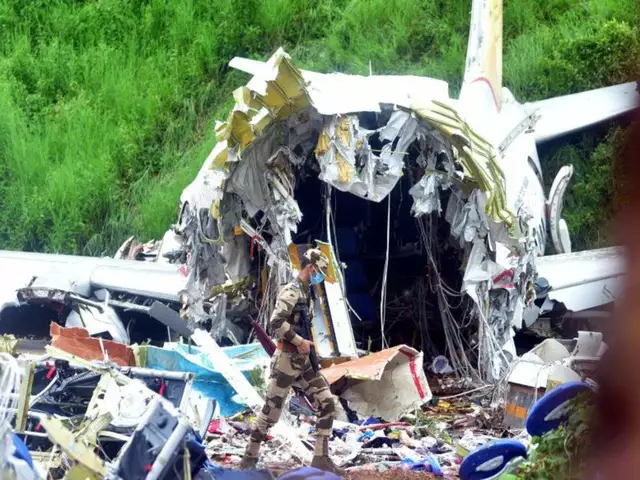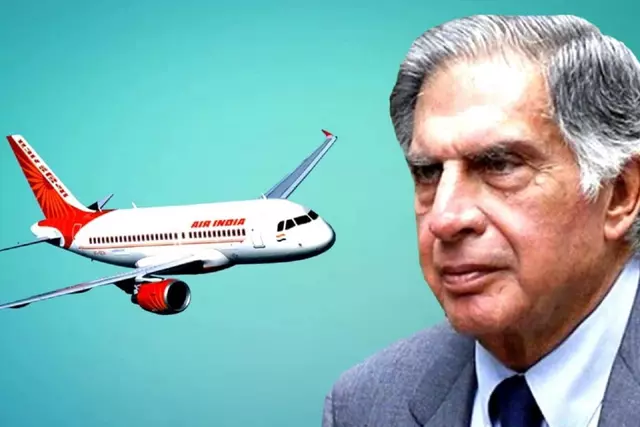
Examining the Causes of the Last Mid-Air Plane Collision
In the history of aviation, one of the most tragic events that can occur is a mid-air plane collision. Although these types of accidents are rare, they do still occur on occasion. The most recent mid-air collision occurred in July 2002, when two planes collided over the town of Überlingen, Germany.The collision occurred when a Bashkirian Airlines Tupolev 154M, which was en route to Barcelona, Spain, collided with a DHL Boeing 757-23APF cargo plane that was flying from Bahrain to Brussels, Belgium. The crash occurred at a height of 11,000 feet and killed all 69 people aboard the two planes.
The cause of the accident was determined to be a combination of several factors. First, the Tupolev 154M had crossed into a restricted airspace without the proper clearance due to an error by air traffic controllers. Second, the DHL Boeing 757-23APF had disabled its transponder, which was required for the aircraft to be detected by air traffic control. Finally, the DHL aircraft had been flying at a higher altitude than its assigned altitude, making it difficult for the other aircraft to detect it.
The incident was a tragedy that could have been avoided. The pilots of both aircraft, as well as the air traffic controllers, were held responsible for the accident. As a result, new regulations were put in place to prevent such a tragedy from occurring again. These included increased safety protocols and training, improved communication between aircraft and air traffic controllers, and improved monitoring of restricted airspace.
The last mid-air collision was a tragic event that serves as a reminder of the importance of safety protocols and communication in aviation. With the proper care and attention, mid-air collisions can be avoided and lives can be saved.
What Can We Learn from the History of Mid-Air Plane Collisions?
Mid-air plane collisions are thankfully rare, but they do happen. Throughout history there have been several mid-air plane collisions that have resulted in tragedy. While these events are often heartbreaking, they also serve as valuable lessons for aviation safety.The first recorded mid-air plane collision occurred in 1912, when two biplanes collided near the town of Florence in Italy. This accident claimed the lives of both pilots and highlighted the need for improved aviation safety protocols. In the ensuing decades, there have been several other mid-air collisions, including an incident in 1986 when a Boeing 747 and a Soviet Aeroflot jet collided over Siberia, killing all 269 people on board both planes.
These mid-air collisions have helped to shape the aviation industry as we know it today. They have demonstrated the need for improved safety protocols and better communication between aircraft, as well as the importance of monitoring the skies for potential hazards. Additionally, they have highlighted the need for improved technology to help pilots detect and avoid potential collisions.
By studying the history of mid-air plane collisions, we can learn valuable lessons about how to improve aviation safety. From improved communication between aircraft to better technology to detect potential hazards, these lessons can help us make sure that mid-air collisions become a thing of the past.
How Can We Prevent Future Mid-Air Plane Collisions?
Mid-air plane collisions are thankfully extremely rare, but they do still happen. Thankfully, there are steps that can be taken to help prevent future mid-air plane collisions.One of the most important steps to take is to ensure that air traffic controllers are properly trained and up-to-date on the latest aviation safety protocols. It’s also important to make sure that air traffic controllers have the necessary resources to do their job well, such as adequate staffing and the latest technology.
Aircraft should also be equipped with the latest collision avoidance systems. These systems use transponders and radar to detect and alert pilots to any potential mid-air collisions. They can also be programmed to automatically take evasive action if needed.
Pilots also need to be aware of their surroundings and maintain a safe distance from other aircraft. In addition to this, pilots should be aware of any potential air traffic control instructions and follow them appropriately.
Lastly, all aircraft should be regularly inspected and maintained to ensure they are in safe operating condition. This will help ensure that aircraft are less likely to experience any mechanical issues that could lead to a mid-air collision.
By taking these steps, we can help to reduce the chances of future mid-air plane collisions.
How Technology Is Helping to Reduce the Risk of Mid-Air Plane Collisions
In the age of rapidly advancing technology, it is reassuring to know that technology is helping to reduce the risk of mid-air plane collisions. Technology has been used to develop systems that help pilots and air traffic controllers more accurately track aircraft movements and ensure that they remain a safe distance apart.One of the most notable advances has been the introduction of the GPS-based Automatic Dependent Surveillance-Broadcast (ADS-B) system. This system allows aircraft to be tracked in real-time with the help of GPS satellites. The system also gives pilots and air traffic controllers an updated picture of the surrounding airspace, allowing for safer navigation and the ability to react quickly in case of any potential mid-air collisions.
Another way in which technology is helping to reduce the risk of mid-air collisions is through the use of digital data links. These links allow for quick and reliable communication between aircraft, pilots and air traffic controllers. This communication allows for more informed decisions to be made and for aircraft to be directed away from potentially hazardous airspace.
Finally, the introduction of modern aircraft designs and materials has helped to reduce the risk of mid-air collisions. New materials and designs allow aircraft to be more aerodynamic and stable, reducing the risk of turbulence and ensuring smoother flight paths.
Overall, it is reassuring to know that technology is helping to reduce the risk of mid-air plane collisions. With the introduction of new systems and technologies, pilots and air traffic controllers have more accurate information at their disposal, allowing them to make better decisions and keep aircraft safe and away from potential danger.







Write a comment